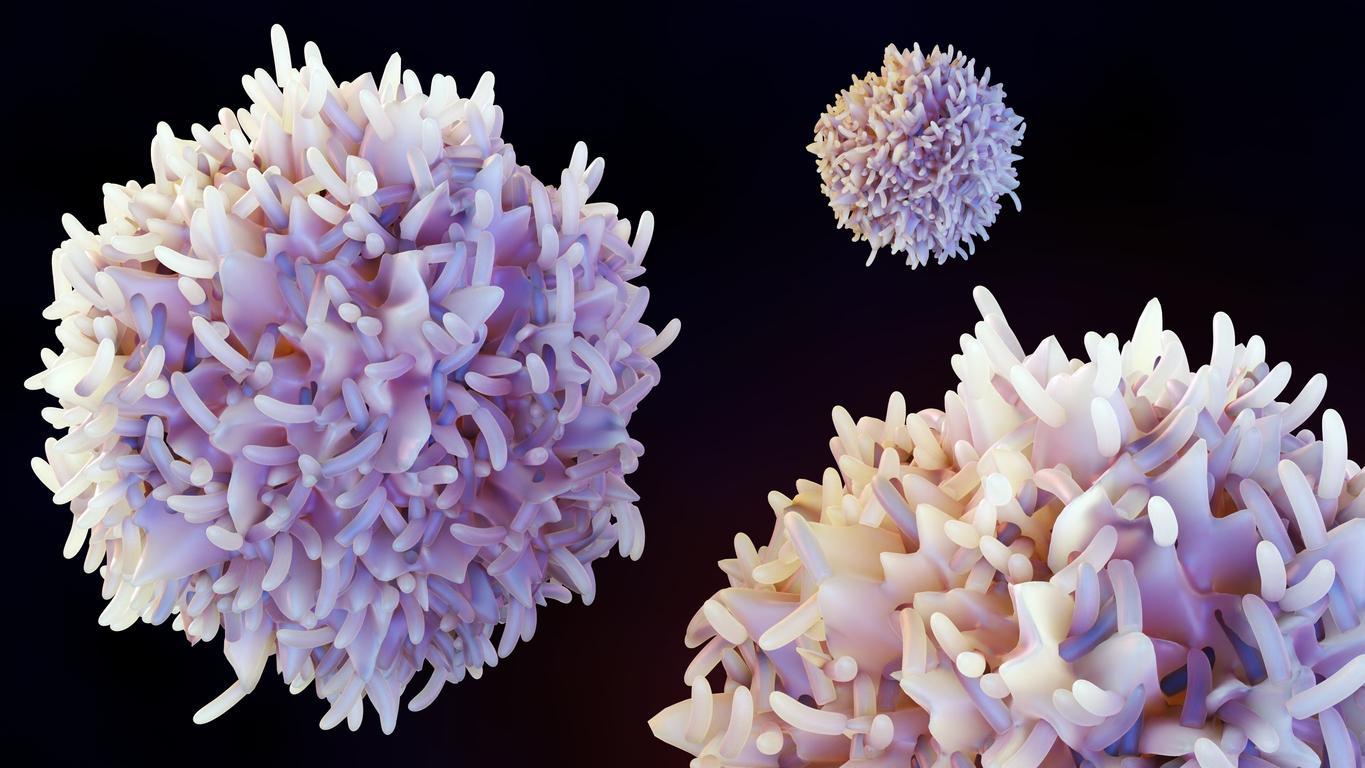Sunburns and tans don’t stop after sun exposure. According to a study, UV rays continue to act at night, as well as the carcinogenic action.

Getting sunburned in the dark is possible. Well almost. According to a study published in Science, ultraviolet (UV) rays continue to act, even after the end of sun exposure.
It was already known that UV rays damage the DNA of melanocytes, the cells that cause the skin to stain. A team from Yale University (United States) goes further by showing that this process continues in the dark. And paradoxically, the phenomenon would be caused by melanin, which usually acts as a shield against UV rays.
Possible treatment
Under the effect of UV rays, certain molecules that make up DNA can bind together to form CPD (cyclobutane dimers of pyrimidines). These DNA structural alterations have serious consequences and contribute to the carcinogenic effects of UV rays.
American researchers have discovered that half of the CPDs are produced in the dark, thus highlighting a “delay effect” of UV. And it is the melanin that is involved.
UV rays activate two enzymes which combine to “excite” an electron in melanin. The energy created by this process is transferred to DNA only in the dark. This process had already been observed in plants, or in animals, but never before in humans.
The good news is that the process is very slow. According to scientists, it would therefore be possible to consider after-sun creams capable of blocking this harmful energy transfer.
.

















